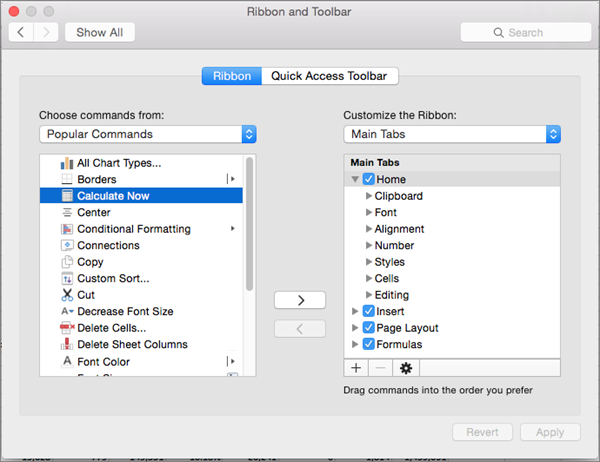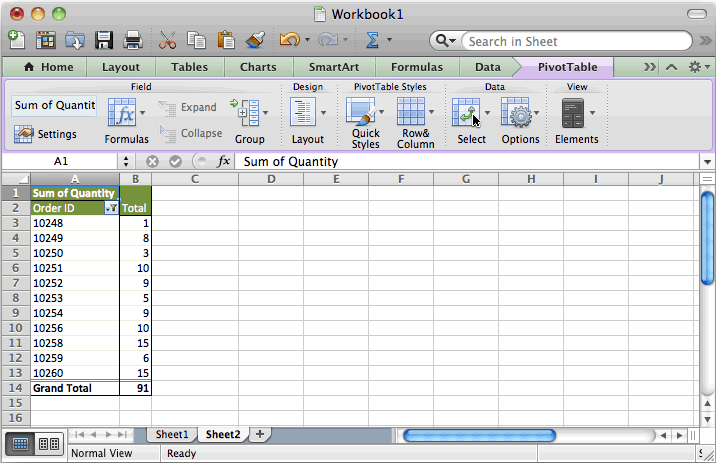
- #GROUPING IN EXCEL 2016 FOR MAC FOR MAC#
- #GROUPING IN EXCEL 2016 FOR MAC INSTALL#
- #GROUPING IN EXCEL 2016 FOR MAC ZIP FILE#
- #GROUPING IN EXCEL 2016 FOR MAC PASSWORD#
The add-in will remain on the list, to make it easy to reinstall at some future time.

#GROUPING IN EXCEL 2016 FOR MAC INSTALL#
To install the add-in, follow these simple steps. Among other hints, this page includes a script that will install shortcuts to the Add-Ins folder and several other folders on the Mac desktop.
#GROUPING IN EXCEL 2016 FOR MAC FOR MAC#
Pro Tip: Go to Setup your Mac for Mac Office.

Tip: with the Add-ins folder open in Finder, use the shortcut Command+Control+t to add a link to this folder in the Finder Favorites sidebar so it is easy to access the folder another time. You can actually store the add-in in almost any convenient folder you want, but when you use the Add-Ins folder (above), the add-in is listed in the Excel Add-ins dialog, and you will not have to browse to find it and add it to this list. The strange label “UBF8T346G9.Office” was assigned by Apple to Microsoft, and we have to live with it. Now drill down to Group Containers, UBF8T346G9.Office, User Content, and then Add-Ins. To get to this folder, open a Finder window and click on Go in the Finder menu bar if you press and hold the Option key you will see the hidden Library folder in the list so you can click on it to open it. Users/UserName/Library/Group Containers/UBF8T346G9.Office/User Content/Add-Ins The best place to store the add-in is in the User Add-in Library, which is:
#GROUPING IN EXCEL 2016 FOR MAC ZIP FILE#
If you download a zip file in safari it will automatically Unzip the file and you will find the add-in in your Download folder, if not double click the add-in and it will unzip. Very often, an Excel add-in is packaged in a zip file. An Excel add-in can also be opened like a regular file when you need it, without installing it, though it is still hidden. The add-in can be installed, which means it opens every time Excel opens, so that its functionality is always available. The add-in workbook itself is invisible, though it has one and often more hidden worksheets, where information related to the add-in may be stored. An add-in usually has some user interface elements, such as dialogs (UserForms), buttons on the ribbon, or buttons on context (right-click) menus, so you can access its features. An Add-In is basically a workbook containing some code, that has some other unique properties. Excel Add-InsĪ lot of Excel procedures are packaged in Add-Ins. Not all of these folders may be present.Written by Ron de Bruin, Microsoft Excel MVP. In the View Options dialog box, select Show Library Folder and save.īack in Finder, open Library > Containers and ctrl+click each of these folders and Move to Trash. On the Finder menu at the top, click View > as List, and then click View > Show View Options.

To remove files from your user Library folder, you'll need to first set the Finder View options. Remove files from your user Library folder Remove Office 2016 for Mac applicationsĬommand +click to select all of the Office 2016 for Mac applications.Ĭtrl+click an application you selected and click Move to Trash.Ģ.
#GROUPING IN EXCEL 2016 FOR MAC PASSWORD#
You must be signed in as an administrator on the mac or provide an administrator name and password to complete these steps.ġ. You can also perform a complete uninstall for Office 2016 for Mac if you are troubleshooting an issue. Once you've removed everything, empty the Trash and restart your Mac to complete the process.

To uninstall Office 2016 for Mac, move the applications and user preference files to the Trash.


 0 kommentar(er)
0 kommentar(er)
